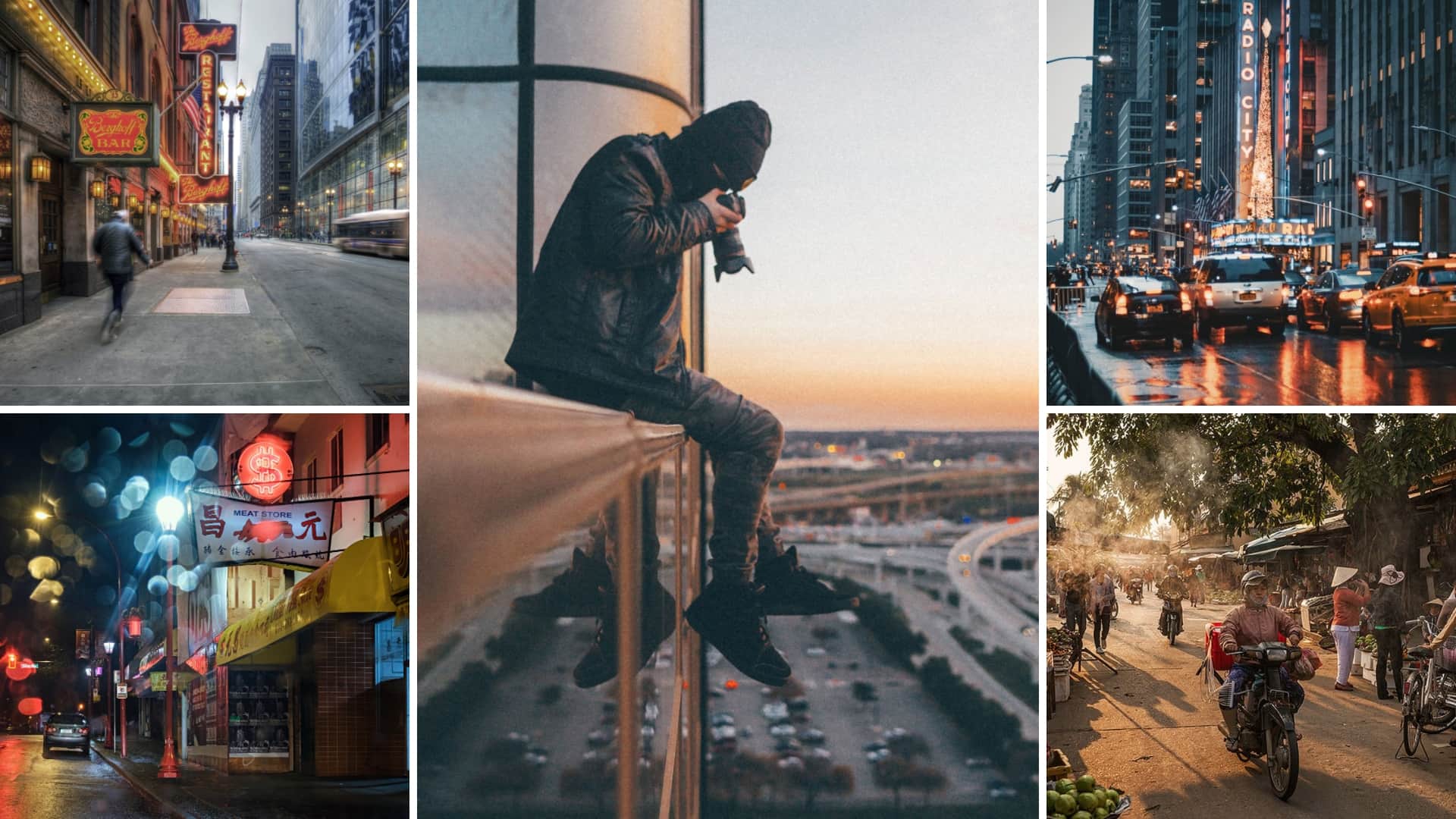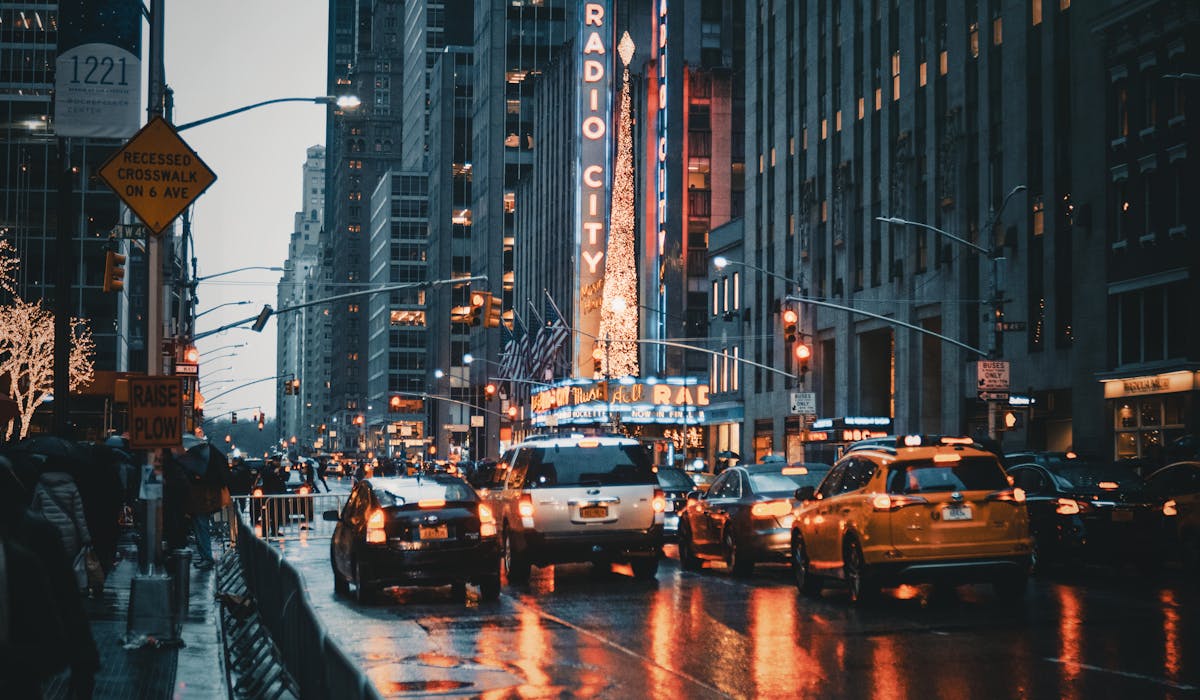The Basic Principles Of Framing Streets
Wiki Article
Framing Streets Can Be Fun For Anyone
Table of ContentsIndicators on Framing Streets You Need To KnowEverything about Framing Streets3 Easy Facts About Framing Streets ExplainedThe Single Strategy To Use For Framing StreetsThe Greatest Guide To Framing StreetsEverything about Framing Streets
Photography genre "Crufts Dog Program 1968" by Tony Ray-Jones Street digital photography (also occasionally called honest photography) is photography conducted for art or query that features unmediated opportunity encounters and arbitrary incidents within public locations, typically with the aim of capturing images at a crucial or emotional moment by careful framing and timing. 
What Does Framing Streets Do?
Susan Sontag, 1977 Road photography can concentrate on individuals and their actions in public. In this respect, the road photographer resembles social documentary photographers or photographers who likewise function in public locations, but with the goal of recording newsworthy events. Any one of these digital photographers' images might catch people and home visible within or from public locations, which typically entails navigating ethical concerns and laws of personal privacy, safety and security, and home.Representations of daily public life develop a category in virtually every period of world art, starting in the pre-historic, Sumerian, Egyptian and early Buddhist art periods. Art taking care of the life of the road, whether within views of cityscapes, or as the dominant concept, appears in the West in the canon of the Northern Renaissance, Baroque, Rococo, of Romanticism, Realistic look, Impressionism and Post-Impressionism.
Unknown Facts About Framing Streets
Louis Daguerre: "Boulevard du Temple" (1838 or 1839) In 1838 or 1839 the very first photo of figures in the street was taped by Louis-Jacques-Mand Daguerre in among a set of daguerreotype sights drawn from his workshop home window of the Boulevard du Holy place in Paris. The second, made at the height of the day, reveals an unpopulated stretch of road, while the other was taken at concerning 8:00 am, and as Beaumont Newhall reports, "The Boulevard, so frequently filled up with a moving crowd of pedestrians and carriages was perfectly solitary, other than an individual that was having his boots cleaned., that was inspired to take on a comparable documentation of New York City. As the city established, Atget aided to promote Parisian streets as a deserving subject for photography.

10 Easy Facts About Framing Streets Shown
Andre Kertesz.'s widely appreciated Images la Sauvette (1952) (the English-language wikipedia reference version was entitled The Definitive Minute) promoted the idea of taking an image at what he labelled the "crucial moment"; "when kind and material, vision and composition merged into a transcendent whole" - photography presets.Framing Streets - Truths
The recording machine was 'a covert electronic camera', a 35 mm Contax concealed underneath his coat, that was 'strapped to the chest and linked to a lengthy cord strung down the best sleeve'. His work had little modern effect as due to Evans' sensitivities concerning the originality of his job and the personal privacy of his subjects, it was not released until 1966, in the book Lots of Are Called, with an introduction created by James Agee in 1940.Helen Levitt, after that a teacher of children, related to Evans in 193839. She recorded the transitory chalk drawings - Lightroom presets that were part of kids's street culture in New york city at the time, along with the children who made them. In July 1939, Mo, MA's brand-new digital photography section included Levitt's operate in its inaugural exhibitRobert Frank's 1958 publication,, was substantial; raw and often out of focus, Frank's pictures examined conventional photography of the time, "tested all the formal rules put down by Henri Cartier-Bresson and Walker Evans" and "flew in the face of the wholesome pictorialism and sincere photojournalism of American publications like LIFE and Time".
Report this wiki page